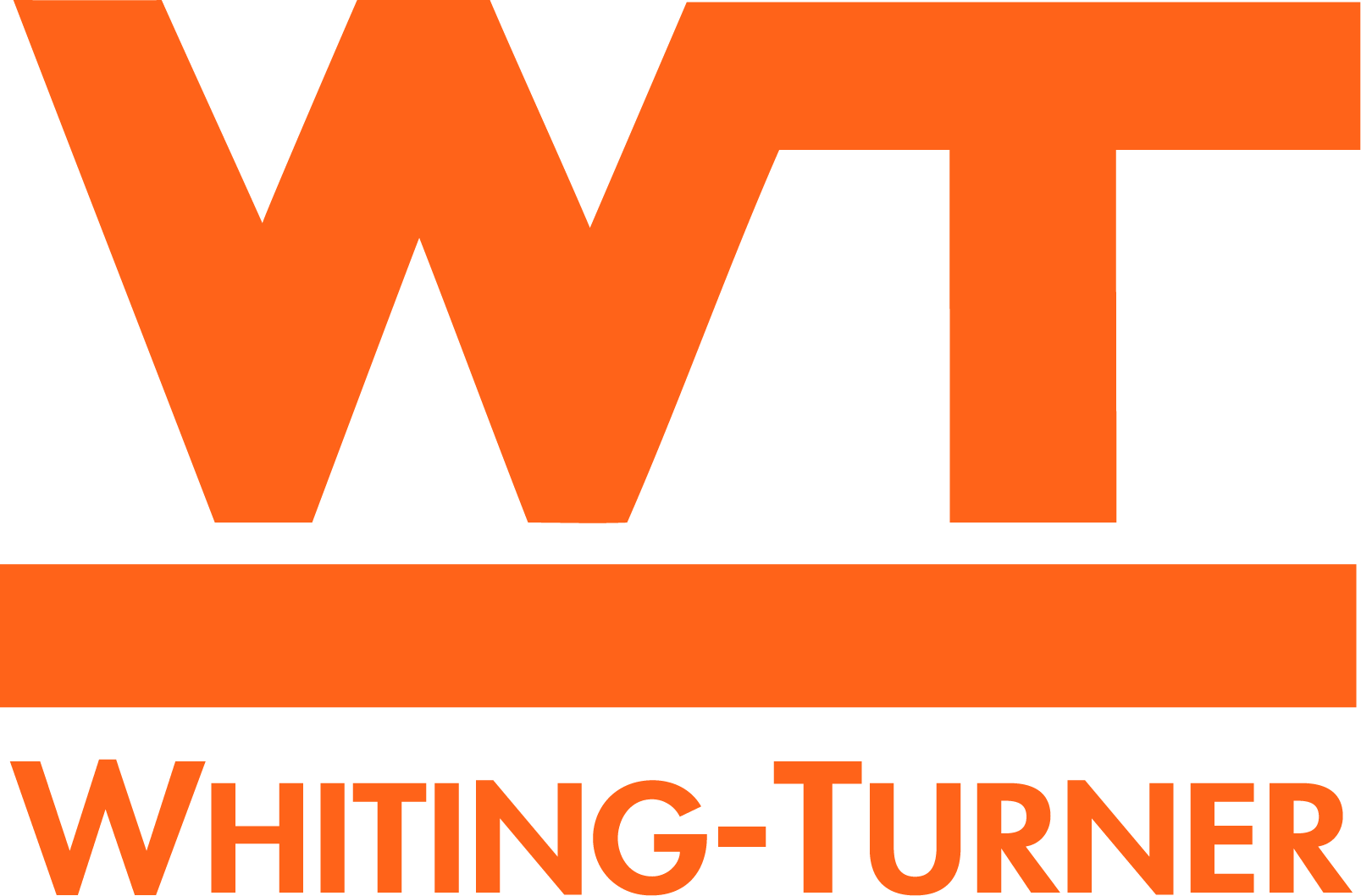Jan Shrem and Maria Manetti Shrem Museum of Art
About
THIS PROJECT
The Jan Shrem and Maria Manetti Shrem Museum of Art is a 30,000 SF museum of art and gallery on the University of California, Davis campus. The museum is a new symbol for the campus and a high-profile teaching and cultural resource for the region. The facility is enveloped by an iconic, 50,000 SF grand canopy consisting of a curved steel frame with perforated aluminum triangular beams. The canopy extends over the entire building and site, creating a permeable roof that dynamically modulates shade and light throughout the space. This project achieved LEED® Platinum certification.
Project
INCLUDED
There is 9,000 SF of public art gallery space that can accommodate multiple exhibitions. Program elements include:
- Collections
- Classroom
- Community education
- Art studio
- Meeting and support spaces
- Exterior courtyard/event spaces
The museum also provides a showcase for the university’s fine arts collection, which contains more than 5,000 works, from antiquities to contemporary art.
Design-Build and
CO-LOCATION
The University’s primary objective in utilizing the design-build approach was to bring the best integrated design and construction experience to this project. This allowed them to achieve a number of far-reaching goals for programmatic needs, cost, schedule and design excellence.
The design-build team established a target value design approach to establish a detailed cost budget allocation that anticipated the requirements of the building program and project requirements. The design-build team collaboratively developed the schematic design based on the program requirements and schematic target budget in order to validate the requirements could be met, as well as to develop a budget pool for project enhancement features.
Design-assist and delegated-design trades for key technical divisions were on board during the design competition phase and collaborative partners from start to finish. The Whiting-Turner team was co-located with the design team for a significant portion of the design phase and used software to quickly compare changes in the design as it progressed. Whiting-Turner and various trade partners worked collaboratively with our design team to propose means and methods that met both budget requirements and design intent.
Upon award, the full project team met frequently and collaboratively created a plan for engagement of the project team. Together, they mapped out how, where and when design disciplines and trades would collaborate. The owner’s team made sure their subject matter experts attended regular meetings to make or facilitate decisions when required.
Canopy
COLLABORATION
The canopy is a defining element of the project and visitor’s experience. Its unique character required a massive collaborative effort between all of the numerous stakeholders, disciplines and trades. Refinement of the geometry and components was accomplished with multiple specialty consultants and engineers, along with Whiting-Turner and the steel fabricator to verify that it was constructible. The nearly 1,000 infill beams were custom aluminum alloy fabrications, each uniquely created to fit precisely in its location among the compounding curves of primary structural tube steel. An innovative yet simple connection detail was collaboratively created to make sure the infill members would be easily installed, and fit with aesthetic precision, within allowable installation and adjustment tolerances necessary.
Virtual Design and
CONSTRUCTION
Virtual Design and Construction (VDC) enabled the realization of the museum’s innovative design. Throughout the process, the designer, contractor, fabricator and consultants worked as one entity, synchronizing efforts and verifying design integrity and constructability. VDC helped the team to maximize material efficiency and cut labor costs, supporting smooth, quick transitions between digital and physical modes. Custom-built, perforated, triangular aluminum beams compose the 50,000 SF canopy.
Beginning with a series of light studies and material experiments, the canopy was developed through iterative prototyping, large-scale models and digital analysis to determine levels of visibility, where to intensify the geometry, how much material to use, and the level of applied craft. With every turn of the beams, a custom Grasshopper digital modeling script provided accurate pricing information, wireframes for engineering analysis and geometry for fabrication.
Coordinating with local and overseas fabricators enabled preconstruction precision; only one of the over 900 custom beams had to be remade. The team’s new application of the old carpenter’s adage “measure twice, cut once” reduced construction waste, while constant builder input led to efficient construction methods, and the installation of the beams was completed ahead of schedule.
Fabrication and construction of the complex canopy geometry would not have been possible without the use of VDC. Initial shaping was completed in purely geometric models, then structurally designed in a Revit model. The Revit model was used to create a fabrication LOD model by the steel fabricator. This model was used in the field to validate and verify the as-built conditions of the canopy as it was being constructed, in order to make sure the structure was installed as designed and so that the independently sourced infill beams would fit precisely.
Project
SUSTAINABILITY
The museum achieved LEED Platinum certification. The facility utilizes a spare and largely locally sourced material palette in order to place greater emphasis on the art and activities. Throughout the design process, VDC modeling aided to maximize material efficiency. Building features and efficient lighting, heating and water-saving systems also increased sustainability. Two mechanical units were used to separately and more efficiently condition the galleries 24/7, while the remaining spaces are conditioned as needed. Extensive shading and careful calibration of openings in relation to solar orientation allowed the use of very transparent, low-reflective glass. The single-story, open-plan structure facilitates ventilation, with LED lighting and room occupancy monitors reducing electrical and heating loads. Water-saving fixtures lessen consumption and stormwater run-off is treated on site.
Project
AWARDS
The project received the following awards:
- 2018 IDEAS2 Merit Award, American Institute of Steel Construction
- 2017 National Award of Merit, Educational Facilities, Design-Build Institute of America
- 2017 Award of Merit in New Construction (Small), Structural Engineers Association of Northern California
- 2017 Award of Merit, American Institute of Architects San Francisco


